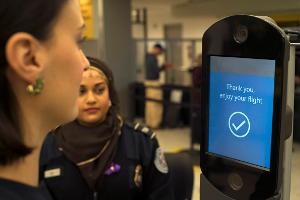
The Transportation Security Administration (TSA) on Monday issued its first roadmap for the adoption of biometric technologies to strengthen aviation security while improving the passenger experience at airports and, like its sister agency Customs and Border Protection (CBP), it plans to focus on facial recognition technology.The roadmap puts forth four goals for the biometric vision, with the first being working with CBP on using biometrics for international travelers by proving the operational feasibility of the technology, and the second to…

 By
By 











